How to Switch a Dog to a Grain-Free Diet Without Digestive Drama
If you’re wondering how to switch a dog to a grain-free diet, you’re definitely not alone. I’ve had so many pet parents come to me—usually holding a confused, slightly embarrassed bag of new dog food—wondering if they’ve made the right choice or totally messed up their pup’s tummy. As an Animal Care Specialist working in both clinics and shelters, I’ve seen the good, the bad, and the downright gassy results of diet changes. Let’s walk through how to make that transition the right way, with fewer messes and more tail wags.
Why Even Consider a Grain-Free Diet?
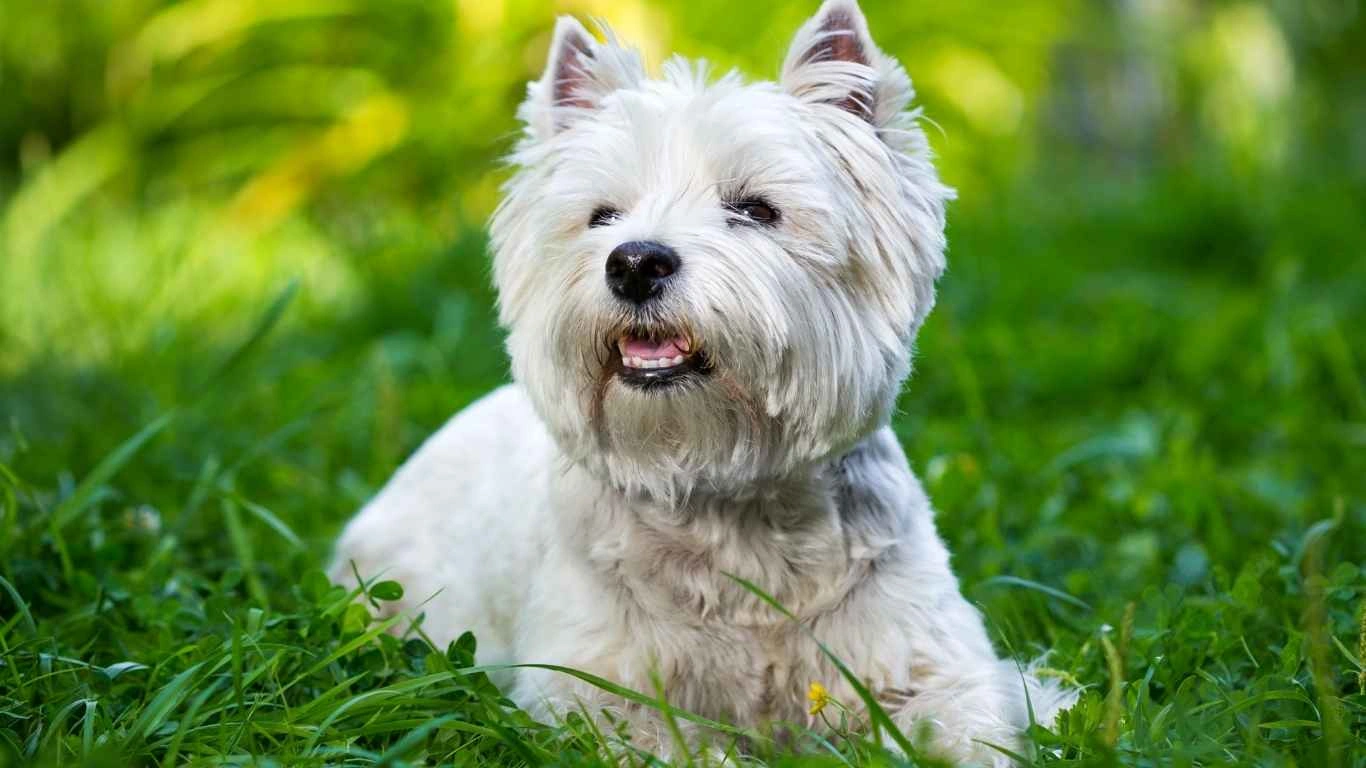
There are tons of reasons why people are curious about going grain-free for their pups. Sometimes it’s because of a vet recommendation, and other times it’s after noticing their dog scratching like crazy, or maybe they just feel bloated and sluggish. I’ve personally helped more than a few dogs in the clinic who were suffering from chronic itching, digestive issues, or even ear infections—symptoms that sometimes linked back to food allergies or intolerances.
Now, don’t get me wrong—grains aren’t the enemy. For many dogs, grains like rice or barley are completely fine and even beneficial. But for others, especially dogs with sensitive stomachs or specific allergies, cutting grains can make a world of difference. I once had a Boxer named Duke who would get these awful red rashes around his belly. Switched him to grain-free? Cleared up in a week. No joke.
Common Signs Your Dog Might Benefit From Grain-Free
- Itchy skin or frequent hot spots
- Chronic ear infections
- Loose stools or inconsistent bowel movements
- Frequent gas or bloating
- Lethargy or lack of interest in food
If you’re checking off more than one of those symptoms, a dietary switch might be worth exploring. But—and this is key—always talk to your vet before making a major diet change. Not every symptom means “go grain-free,” and some issues might stem from completely unrelated causes.
First Steps Before Switching
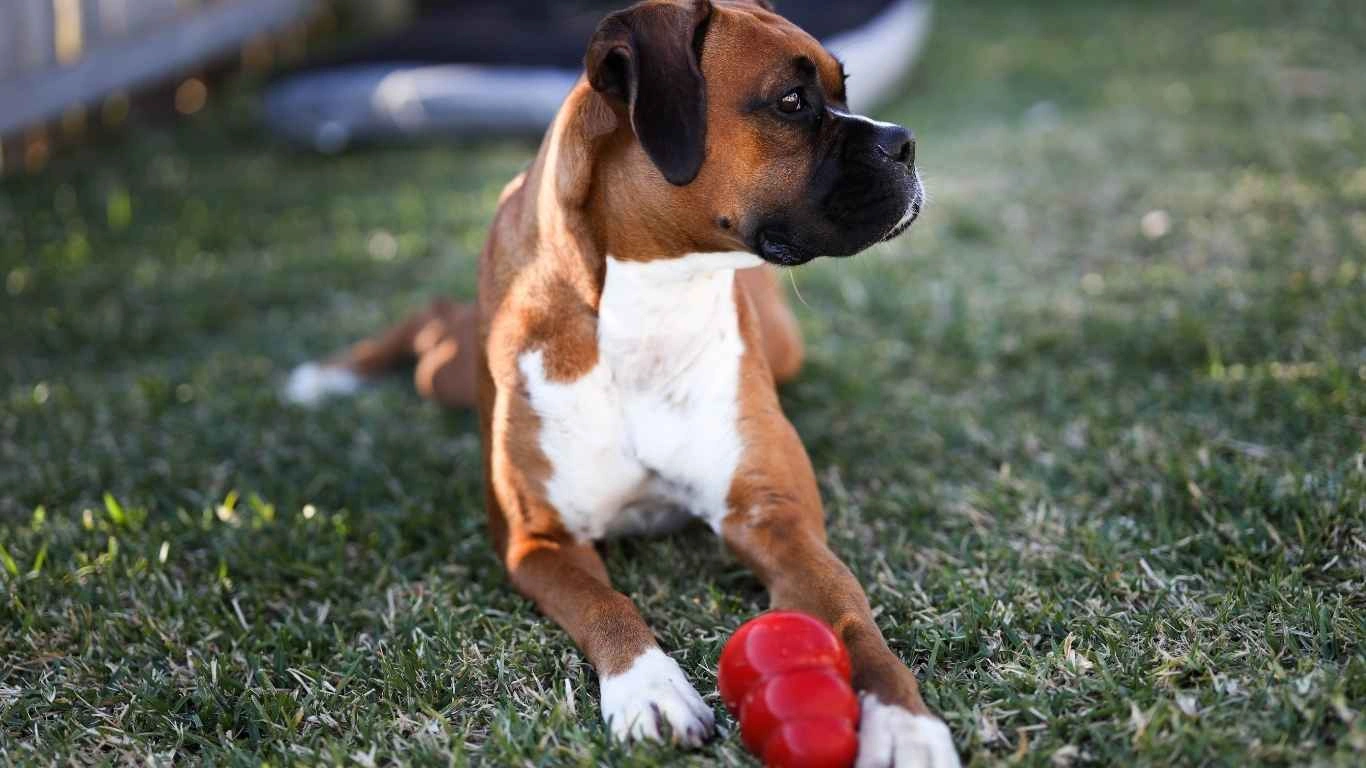
Okay, so you’ve got the green light to move forward. This is the part where a lot of people get tripped up. You can’t just dump the old kibble and start fresh with the new stuff overnight. I’ve seen that disaster unfold too many times—vomiting, diarrhea, refusal to eat… not fun for anyone involved. Instead, a gradual switch is the way to go.
How to Switch a Dog to a Grain-Free Diet the Right Way
- Day 1–2: Mix 75% old food with 25% new grain-free food.
- Day 3–4: Go for a 50/50 blend.
- Day 5–6: Move to 25% old food and 75% new food.
- Day 7: Full switch to 100% grain-free food.
This approach helps your dog’s digestive system ease into the new ingredients. You’re giving their gut a chance to adjust without overwhelming it. In the clinic, we call it the “seven-day switch,” and it’s the gold standard for any dietary transition—grain-free or not.
Pro Tips from the Clinic Floor
- Keep an eye on stool quality. It’s gross, I know—but honestly, your dog’s poop is a pretty good indicator of how well the transition is going.
- Add a probiotic. Many grain-free foods lack some of the gut-friendly fibers found in grains. A dog-safe probiotic can help smooth things out (literally).
- Offer smaller, more frequent meals. This gives the digestive system a break while adjusting to richer or denser food.
I remember working with a senior Beagle named Mabel who had the gentlest little personality. Her owners wanted her off grains because of constant itchy skin. We went slow with her switch and added a spoonful of canned pumpkin (unsweetened!) each day. Worked like a charm. No digestive issues, and her skin? Baby soft after a few weeks.
What to Look for in a Quality Grain-Free Dog Food

This part is critical, because not all grain-free foods are created equal. Some just remove the grains and replace them with filler ingredients that aren’t much better. You want to aim for high-quality protein sources like chicken, beef, turkey, or fish, and include a variety of digestible carbs like sweet potatoes, peas, or lentils. Watch out for foods with “pea protein” high on the ingredient list—dogs need meat as their main protein, not legumes pretending to be steak.
Check That Label Like a Pro
- First ingredient: Should be a named meat (e.g., “chicken” not “poultry meal”)
- No corn, soy, or by-products: These don’t belong in a clean, grain-free recipe
- Added nutrients: Look for omega-3s, probiotics, and joint support (especially for large breeds)
- Brand reputation: Choose brands that publish feeding trials or vet-backed research
I’ve had better results in the clinic with dogs eating brands like Acana, Merrick, or Wellness CORE—just my personal experience. They seem to offer more complete formulas with fewer mystery ingredients. Again, what works for one dog might not work for another, so a little trial and error may still be in your future.
Dealing with the Bumps: Troubleshooting Common Issues

Even if you follow all the steps perfectly, sometimes things still don’t go quite as planned. I’ve had pet parents panic after a few days into the transition when their dog suddenly decides to turn their nose up at the bowl or ends up with some surprise puddles on the floor (sorry for the visual—but hey, it happens). So, what’s normal, and what’s a red flag?
Normal Adjustment Signs
- Slightly softer stools during the transition week
- Temporary gassiness as your dog adjusts to new ingredients
- Mild decrease in appetite for a day or two
These can be pretty common, especially if your pup is sensitive or you’ve switched to a formula that’s much richer than their old food. I always recommend pet parents keep track of daily notes—yes, poop logs and all—just to see if things are improving or heading south. If things haven’t stabilized after 10–14 days, that’s your cue to consult your vet or consider another formula.
When to Pause the Transition
- Persistent diarrhea or vomiting beyond 48 hours
- Complete refusal to eat for more than a day
- Skin issues worsening instead of improving
- Signs of discomfort like excessive panting or restlessness
I once had a case with a little terrier mix named Benny. His owner switched him to a grain-free food that was super high in protein, and Benny just couldn’t handle it. His tummy rebelled hard. We ended up switching him to a limited-ingredient grain-free recipe that was easier on the gut, and within a week, he was back to bouncing off the walls like a tennis ball on espresso.
Reading Ingredient Labels Like a Pro
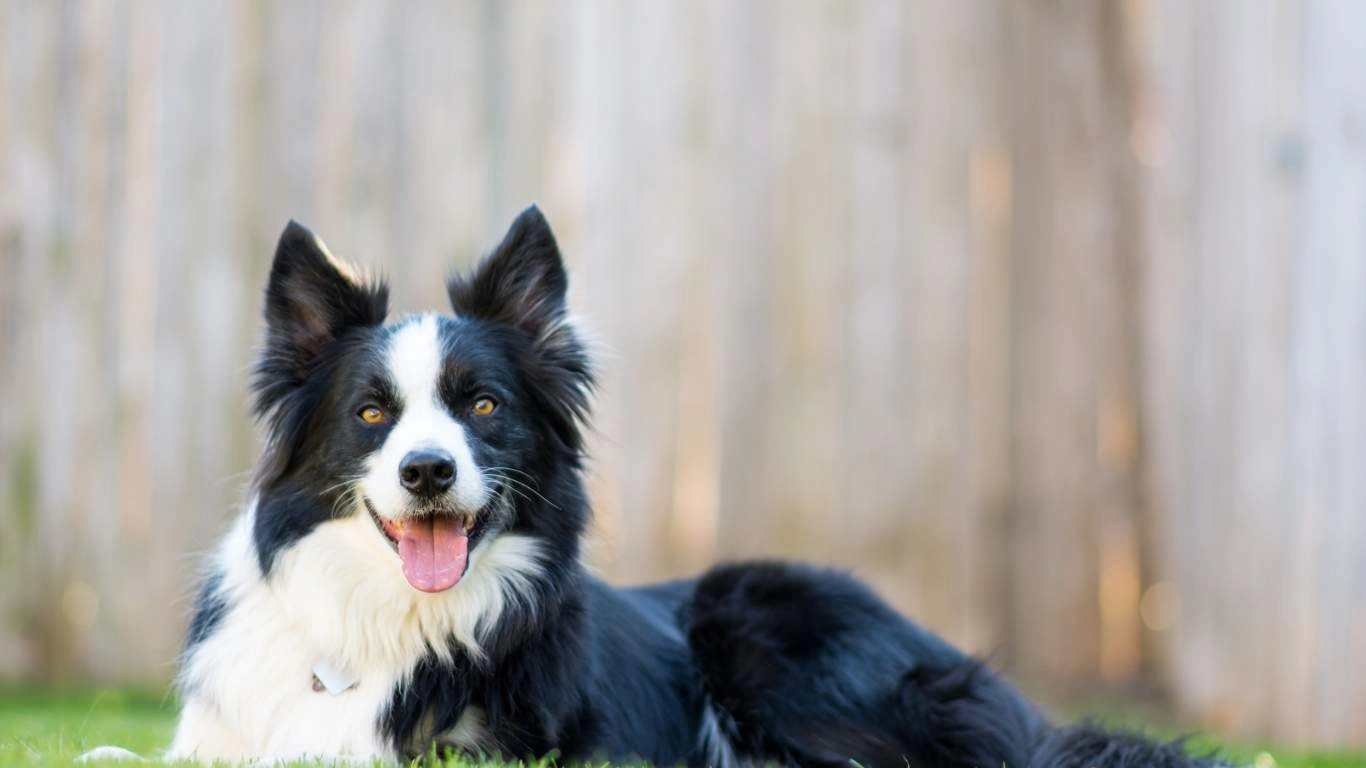
Let’s be honest—pet food labels can be a maze of marketing buzzwords. “Grain-free” slapped on the front doesn’t always mean what you think it does. One of the things I learned early on in the shelter world was to never trust the front of the bag. Flip that sucker over and read the fine print.
Top Tips for Label Reading
- Ingredients are listed by weight. You want real, named meat right at the top (like chicken or beef).
- Skip mystery meats. Anything like “meat by-product” or “animal meal” is a hard no.
- Watch out for ingredient splitting. If you see peas, pea starch, and pea protein all listed separately, that’s a trick to make it look like meat is the main ingredient when it’s not.
Also, take note of the AAFCO statement. That little sentence at the bottom of the label tells you if the food meets nutritional standards. Ideally, you want something that says it’s formulated for your dog’s life stage (puppy, adult, or senior).
I remember reviewing labels with a first-time dog parent who was switching her rescue lab to grain-free. She brought in a bag that looked amazing on the outside—sleek design, cute dog photo—but inside? It was basically peas and potatoes with a sprinkle of lamb meal. That poor dog was hungry all the time. Once we found a food with higher meat content and balanced fat, he finally stopped begging at the dinner table.
Homemade or Store-Bought? Let’s Talk Options
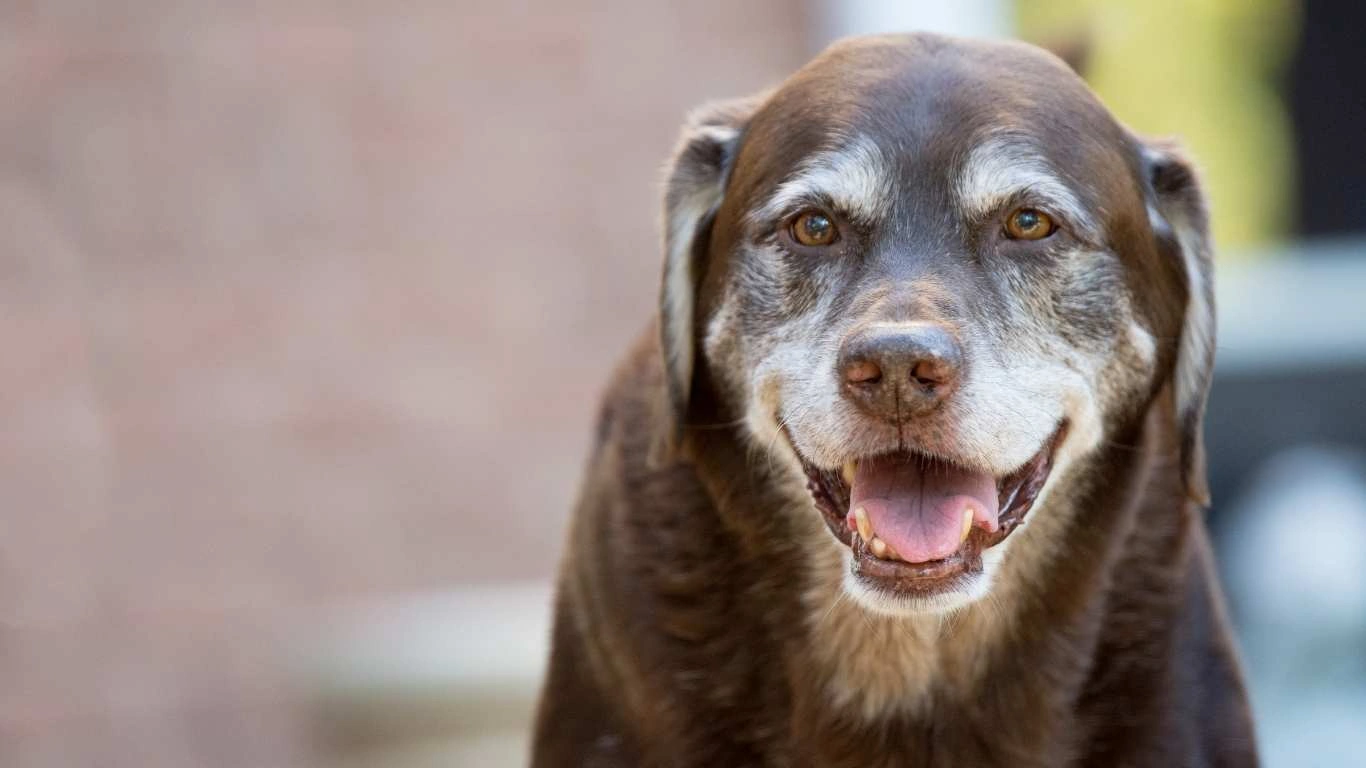
Going grain-free doesn’t always mean you’re stuck with dry kibble. Some pet parents, especially those with dogs who have allergies or chronic conditions, look into homemade options. It’s not for everyone—it takes time and serious commitment—but it can be a game-changer for the right dog.
Things to Know Before Making Homemade Grain-Free Food
- Balance is everything. Dogs need the right ratio of protein, fat, vitamins, and minerals.
- Work with a vet nutritionist. Seriously—don’t wing it. I’ve seen dogs end up with major deficiencies because their meals were meat-heavy with no real balance.
- Supplements are a must. You’ll need to add things like calcium, omega-3s, and sometimes even zinc or copper depending on the recipe.
I helped one of my longtime clients, Dan, create a homemade grain-free plan for his Husky who had a bunch of weird food sensitivities. We used ground turkey, butternut squash, green beans, and added in a canine-specific multivitamin. That Husky? Best coat in the whole clinic. Dan used to joke that she looked like she belonged in a shampoo commercial.
Grain-Free Meal Prep Tips
- Cook in batches and freeze portions for convenience
- Stick to simple, digestible ingredients
- Rotate proteins to avoid new allergies
- Track weight and energy levels weekly
Whether you choose a store-bought formula or go the DIY route, the key is consistency. Your dog’s digestive system thrives on routine. Make changes slowly, keep a close eye on how your pup is doing, and don’t be afraid to ask for help—from your vet, a nutritionist, or even your friendly neighborhood animal care specialist (like me!).
How Long Until You See Results?

That’s the million-dollar question, right? Most pet parents want to know how long it takes before they start seeing real improvements. In my experience, it depends on the issue you’re trying to solve. For digestive troubles, you might see changes within a week or two. Skin issues or chronic inflammation? That could take a month or more. It’s not magic—it’s nutrition. And just like with people, healing takes time.
Stay patient, be observant, and remember that not every dog will thrive on a grain-free diet. The goal here is better health, not just following a trend. When you stay tuned in to your dog’s needs and work with professionals, you’ll find the right fit—even if it takes a couple of tries. And hey, every dog I’ve helped transition had their own little success story. Yours will too.
Breed-Specific Considerations When Going Grain-Free

One thing I wish more people knew upfront? Not every dog breed responds the same way to a grain-free diet. Some breeds are super sensitive to ingredients and benefit greatly from cutting grains, while others can tolerate a wider variety of foods without issue. In my time working with both purebreds and mixes at the shelter and clinic, I saw this pattern over and over again.
For example, Boxers, Bulldogs, and Retrievers—the itch-prone crowd—often show huge improvements on grain-free diets, especially when there’s a limited ingredient formula involved. Meanwhile, working breeds like Huskies, German Shepherds, or Australian Shepherds often need high-protein meals to match their energy levels, but you’ve got to be cautious. Too much protein or the wrong carb substitutes (like too many legumes) can backfire.
There was a young GSD named Scout that I worked with in the clinic. His owners were sold on this super trendy, high-protein grain-free food they found online. But Scout was hyper, always hungry, and started losing muscle tone. Turns out, the carb content was too low to fuel his activity. We adjusted to a grain-free but balanced performance formula, and within weeks, he looked like a totally different dog—healthy weight, shiny coat, full of energy (in a good way this time!).
Here’s a quick breakdown by breed type:
- Allergy-prone breeds: (Boxers, Westies, Shih Tzus) — often thrive on grain-free + limited-ingredient formulas
- High-energy breeds: (Border Collies, Pointers, Huskies) — need more balanced grain-free with adequate carb sources like sweet potato or lentils
- Toy breeds: (Chihuahuas, Yorkies) — benefit from smaller kibble size and calorie-conscious grain-free diets
- Senior dogs: — might need added joint support and lower calories in grain-free recipes
So when choosing a grain-free diet, don’t just look at the front of the bag. Look at your dog. Breed, age, lifestyle—it all matters.
Signs a Grain-Free Diet Isn’t the Right Fit
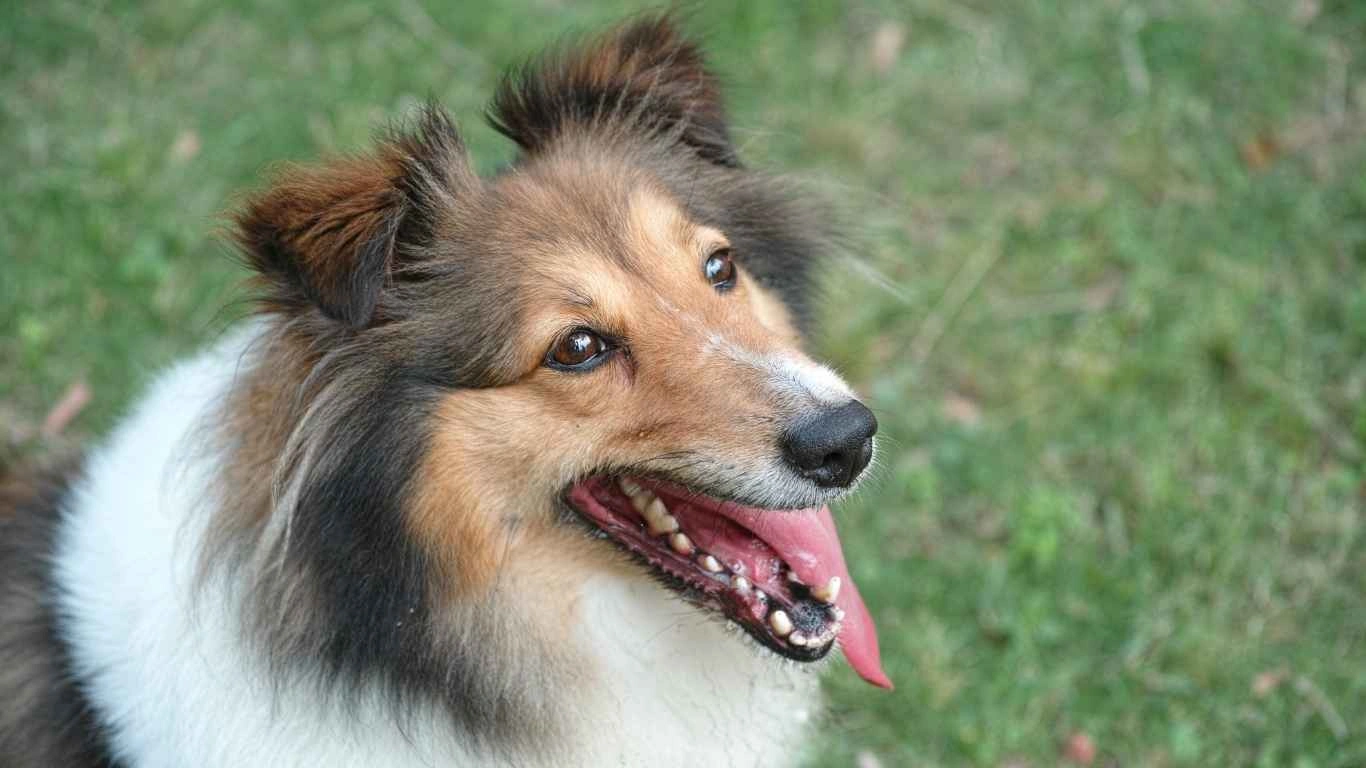
We’ve covered all the wins, but it’s just as important to talk about when grain-free isn’t working. I know it’s tempting to stick it out, especially if you’ve invested in a pricey bag of food. But listen—if your dog is giving you clear signals that something’s off, don’t ignore it.
Red flags that might signal it’s time to switch back or try something else:
- Weight loss despite eating normally
- Lack of energy or unusual lethargy
- Chronic diarrhea or very hard stools
- Excessive thirst or signs of dehydration
- Changes in skin or coat condition—dry patches, dandruff, dull coat
I once had a sweet old Golden Retriever named Sadie come into the clinic looking like she hadn’t slept in weeks. Her energy was way down, and her coat was dry and flaky. The owner had recently switched her to a grain-free diet on the advice of a friend. After reviewing the ingredients and Sadie’s medical history, we realized the food was way too high in protein for her age and activity level. We moved her to a senior-specific diet (still grain-free, but gentler), and the difference was night and day.
The takeaway? Just because it’s grain-free doesn’t mean it’s a one-size-fits-all solution. And that’s okay! It’s all about what works best for your unique pup.
Creating a Long-Term Feeding Plan
Once you’ve found the grain-free food that works, don’t just set it and forget it. Dogs’ nutritional needs can change over time—just like ours. Puppies become adults, adults become seniors, and health conditions pop up along the way.
Here’s how to future-proof your feeding plan:
- Reassess every 6–12 months. Check body weight, stool quality, energy levels, and coat condition.
- Stay open to rotation. Some vets recommend rotating proteins (chicken, beef, fish, etc.) every few months to reduce risk of food sensitivities.
- Watch portion sizes. Grain-free foods are often more calorie-dense—don’t accidentally overfeed!
- Don’t skip annual vet visits. Get bloodwork done, especially for older dogs on specialized diets.
There’s a Beagle I still remember—Charlie. Total foodie, would eat anything, but started gaining weight slowly on a grain-free lamb formula. His owners thought it was just “midlife belly,” but a calorie count review revealed they were overfeeding by almost 200 calories a day. We dialed back portions, switched to a lower-fat grain-free recipe, and Charlie slimmed down without ever feeling deprived. Smart little guy even learned where we kept the scale at the clinic—probably hoping for treats after weigh-ins!
Final Thoughts: Every Dog Is Different
There’s no universal “best” way when it comes to how to switch a dog to a grain-free diet. That’s what makes this whole process both challenging and so personal. Your dog’s needs, habits, health, and even personality play a role in finding the right fit. That’s why experience—real, hands-on experience—matters so much in these conversations.
Over the years, I’ve worked with dogs who needed very tailored, careful dietary transitions, and others who could switch cold turkey without a hiccup (not that I recommend that, of course!). But the key to every successful case? Paying attention. Observing closely. Asking questions. And not being afraid to pivot when needed.
If I can leave you with one tip, it’s this: don’t go it alone. Talk to your vet, ask the folks at your pet clinic, and connect with others who’ve been there. The dog nutrition world is confusing, yes—but with the right guidance, you can absolutely find a grain-free option that supports your dog’s health and happiness for the long haul.
References
Disclaimer
This article is for informational purposes only and is based on my personal experience as an Animal Care Specialist. Always consult your veterinarian before making dietary changes for your dog. Every dog is unique, and what works for one may not work for another.





